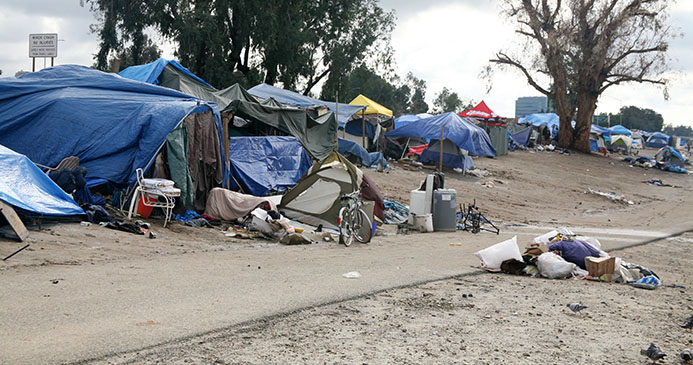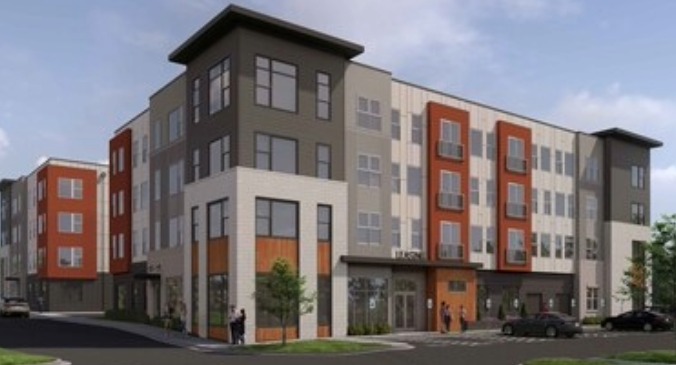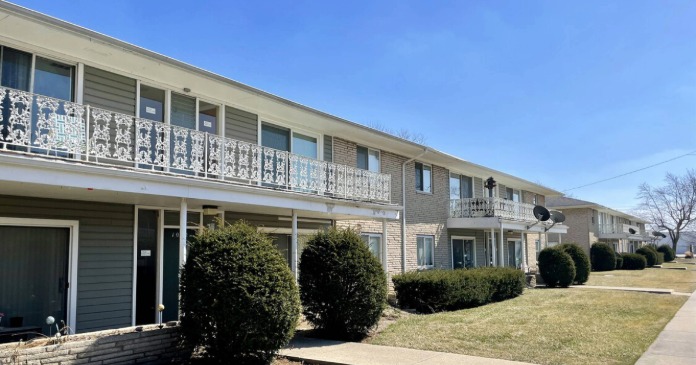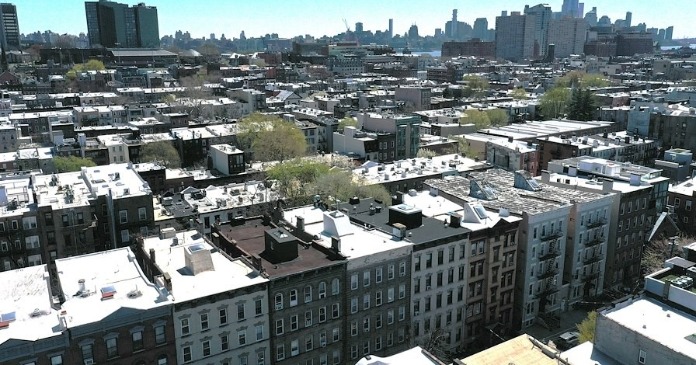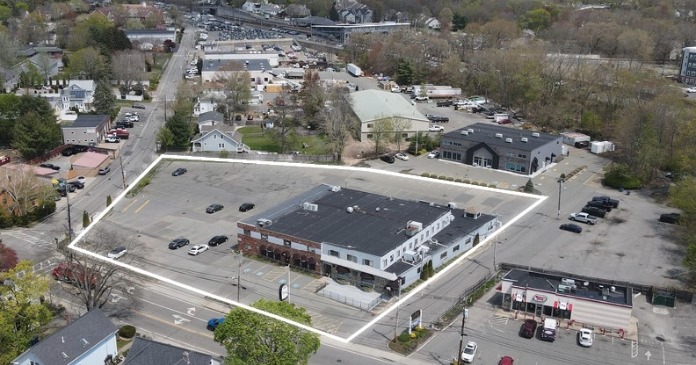California is a fascinating study of politics, housing and galvanized activism. It’s been said that as California goes, so goes the nation. But not always. And hopefully not in the way of a vanishing middle class, extreme lack of affordable housing, stifling taxation and a number of other fundamentals that hide behind the world’s 5th biggest economy. And of course, there’s always the great weather.
About that. With last November’s Camp Fire, among others, becoming the most destructive fires in the state’s history, Northern California’s air quality became the worst in the entire world. Public officials advised people to remain inside—but that assumed you had a home and worked inside. On a normal day, and even with all its hyper environmental regulation, Los Angles remains one of the most polluted cities in the nation with many San Francisco Bay Area cities not that far behind.
Air quality in California is not always great even if you have a home. But the state also has the country’s largest homeless population—over 134,000—a number representing a quarter of the nation’s entire homeless population. Poor air quality is a serious health issue for those living in tents or cars.
Newsom’s plan
Gov. Gavin Newsom has pledged to fix housing by transforming urban California. From now through 2025, he has set a goal to construct 3.5 million new housing units, or about 500,000 a year. California has built, on average, 80,000 new homes per year over the past decade. Newsom’s goal, if realized, would stretch the bounds of those California suburbs that have heretofore escaped the population overflow.
The building boom that Newsom hopes for would surpass that of the postwar era and would certainly create the housing that the state so desperately needs. But not every California town wants to be a city. And legislators are, again, considering overturning the will of the voters with regard to rent control, making the state unfriendly to developers. In addition, the cost of land in the state remains the highest in the nation and if a housing deal won’t pencil, it won’t be built.
Worse yet, some California towns are even regressing in affordable housing inventory under the pretext of “adding new housing units.”
In Mountain View, a town in the heart of Silicon Valley, for the third time in four months, rent-controlled apartments will be razed to build for-sale townhomes. The new townhomes are expected to start at a sales price of $1.3 million a unit. As the owners and re-developers of these apartments, and others like them, seek to escape the looming anti-landlord environment, removing properties as rentals eliminates affordable housing and reduces overall housing stock.
Towns like Mountain View have increasingly favored for-sale development in an effort to solve the housing crisis. The challenge is that this often means bulldozing existing rental units to allow development of for-sale housing where the state does not have play with the fiscal return. In Mountain View, the number of apartments being razed for redevelopment to for-sale product jumped from four in 2014 to 350 in 2017, according to the city.
Things to know about California
California remains an interesting contrast in economics and population. Here are just a few of the fundamentals in play in the state.
All sectors, but by far the tech industry in the San Francisco Bay area, has elevated the state to the world’s 5th largest economy. This is due, in large part, to mega companies like HP, Oracle, Yahoo, Apple, Google, Oracle, Facebook and Intel. And don’t forget the largest company in California by revenue: Disney.
People are leaving. California’s net out migration is one of the largest (surpassed only by New York and New Jersey) up 11 percent in 2017 when 142,932 more people left the state than arrived from other states. In fact, the Golden State has been losing residents for over two decades.
Yet its population is growing. California is the oldest of eight sanctuary states in the nation and offers some of the most generous assistance to foreign immigrants, illegal and legal. In 2017 foreign immigration numbered 108,301 according to the Census Bureau. This along with more births than deaths contributed to a nominal increase in population.
After eight years of economic expansion, the state of California has a surplus of $6 billion. The future of tech and entertainment, two major sources of tax revenue, continue to rise year-over-year.
Even with the state’s tax surplus, the growing and underfunded public employee pensions are not sustainable. The average state worker pension is 150 percent higher than the average income for households over age 65.


